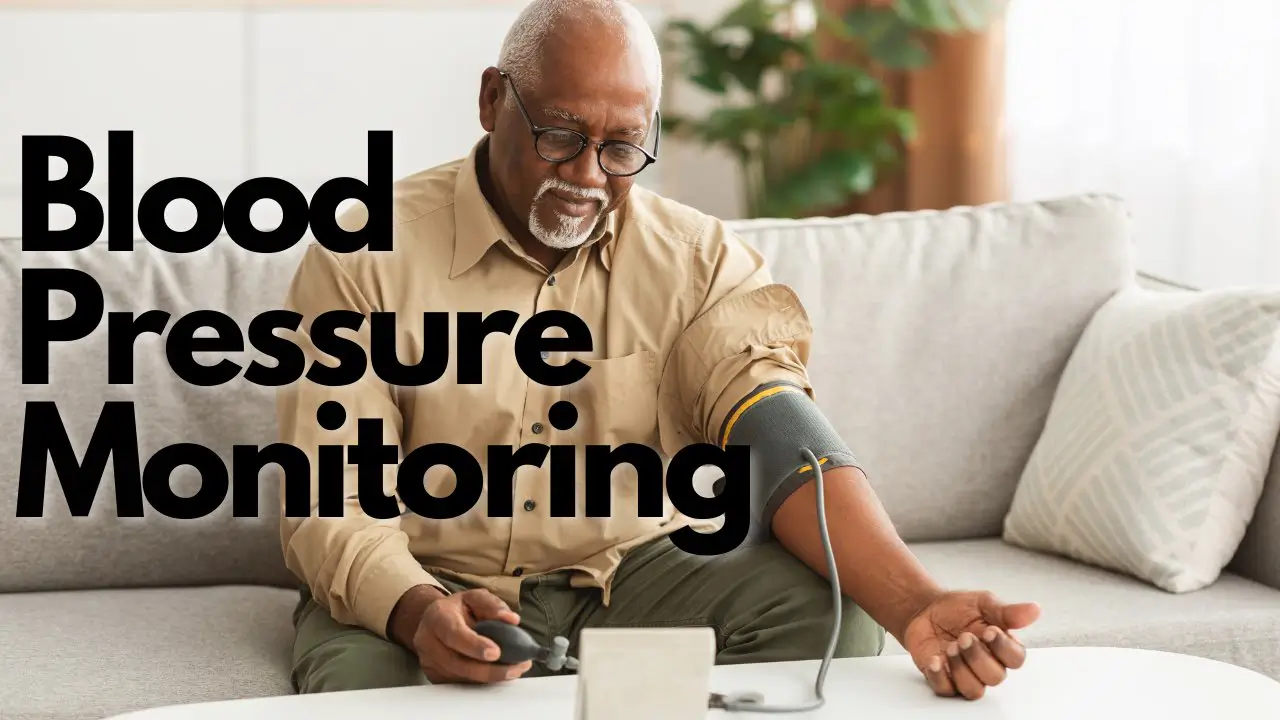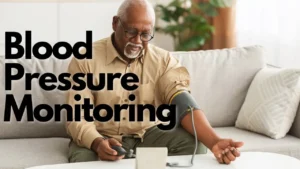Welcome to part 2 in our Human Biology and Health educational series.
It is nice to see you here again, and we look forward to really starting our introduction of you to yourself.
In this part, we are going to cover the basic concepts of biology and how life works. The goal is to help build a foundation of understanding that will allow patients to better see how their own decisions impact their lives.
First fact: Humans are made up of approximately 40 trillion individual cells.
What is a cell?
“In biology, a cell is the basic unit of life, acting as a tiny factory filled with specialized structures called organelles. These organelles perform various functions, such as energy production, waste disposal, and material processing, enabling growth, reproduction, and response to the environment. Cells are the building blocks of all living organisms.”
Each cell is its own system. It has an outer barrier called a cell membrane. This barrier helps control what goes in and out (think about the skin on an orange).
This barrier allows the inner contents to remain relatively undisturbed and to do their own thing, such as:
- Energy Production: Cells generate energy through processes like cellular respiration in mitochondria, converting nutrients into ATP, the cell’s energy currency.
- Protein Synthesis: Using ribosomes, cells synthesize proteins, crucial for structure, function, and regulation of the body’s tissues and organs.
- Waste Removal: Cells continuously remove waste products through lysosomes and the cell membrane, preventing toxic buildup and maintaining internal balance
- Cell Division: Through mitosis and meiosis, cells replicate, allowing for growth, repair, and reproduction in multicellular and unicellular organisms.
- Communication: Cells communicate with each other using chemical signals (e.g., hormones, neurotransmitters), coordinating responses to environmental changes and maintaining homeostasis.
In order for life to work all of these processes must occur on a regular basis. If even one of these aspects begins to malfunction, bad things start to happen.
Second Fact: Cells convert carbohydrates into energy (ATP), which they can then use to process DNA into cellular components (proteins).
Just like you and me, a cell’s got to eat! Even at this level of biology, energy production, storage, and consumption are often the driving forces for good or bad. In order for cells to function properly and repair from the stresses of life (yes, a cells life is stressful as well), they need adequate energy.
In human biology, most cells receive nutrients from circulating blood. Inside the circulating blood are sugars (think blood sugar levels), which are a form of carbohydrate.
The cell uses openings in its cell membrane barrier (called transport proteins) to selectively allow sugars into the cell. Once the sugars are absorbed from the surrounding environment, they are sent to the Mitochondria (think engine of the cell, this is where the work or energy is made).
Once sugars enter the Mitochondria, they go through a complex series of chemical reactions and eventually create energy for future use, stored in a molecule called ATP (think of this as a battery, where once charged, it can be used to power other items).
Once the Mitochondria convert sugars into ATP, the ATP is distributed to the rest of the cell and used to power all the cellular processes necessary to function (think how a car has a radiator, a water pump, and an oil pump, etc, cells are no different).
Third Fact: Things go in and things come out: Protein synthesis (the little building blocks of life)
Your body is constantly shed things. Whether its hair, skins, mucus, going to the bathroom, our bodies are constantly loosing or removing things. Its a fact of life, things go into our bodies and then they come out.
Most of the things that get shed, it turns out are made of cells. And because we know we generally don’t shrink over time even though we know we are shedding or excreting, we can pretty easily understand we must be replacing these shed cells, usually at a very similar rate to them being lost.
This is why protein synthesis is so critical for biology and life.
What are proteins?
- Proteins play a multifaceted role in biology, serving as the workhorses within living organisms. They are crucial for virtually every process within a cell.
- Proteins provide structural support (think how 2 x 4’s are used to make the frame of a house), enabling cells to maintain their shape and form tissues.
- They act as enzymes (help to speed up chemical reactions), catalyzing biochemical reactions that drive metabolism, energy production, and DNA replication.
- Proteins also play a vital role in regulating gene expression, determining when and where genes are turned on and off.
- They facilitate communication and signaling between cells (yes cells do have to talk to each other), helping organisms respond to their environment.
- Additionally, proteins defend against disease( think immune system), with antibodies identifying and neutralizing foreign invaders.
Essentially, proteins are indispensable for life, orchestrating the complex symphony of biological processes that sustain health and enable growth, repair, and adaptation. They are the building block of almost all structures and components found in a cell.
Where do proteins come from?
In biology when we talk about where things come from the term “Central dogma of life” is a common phrase. Essentially it is use to summarize the process by which proteins are made.
DNA is processed into mRNA which is then processed into amino acids which are made into a specific sequence creating a unique protein.
DNA is a stored code of information deep within a cell. When the cell needs to do something it uses other proteins (transcription factors) to unfold and expose a certain section of DNA. Once that section is exposed another protein (mRNA transase) comes along, reads the sequence and makes a free floating copy of it ( think copying someone’s notes) called mRNA.
Next, this free floating sequence of copied DNA finds its way to a very large cellular machine called a ribosome (think 3D printer). Once the mRNA attaches to the ribosome, it is read for information and the sequence listed in the mRNA tells the ribosome was sequence of amino acids (the building blocks of proteins) to build and out comes the new protein for use elsewhere in the cell.
This is generally more detail than is necessary for an understanding of how to maximize human health. However, there are several key components here that do effect our health and when not working properly do cause disease:
- Your cells store information in DNA which is converted into protein’s through a complex process.
- An example of this is relevant is most cancers involved a error in a cells DNA copying process.
- Your cells based on the environmental queues decide which parts of the DNA to use (Health Updates 005: What is epigenetics)
- Your body needs to be able to properly react to environmental factors to facilitate a change in which DNA is used and which proteins are made in order to survive.
- When this process happens many types diseases can occur (an example of this again would be many types of cancers)
- Your cells and entire body is basically made of protein (Generally, it’s estimated that about 16% of the average adult body weight is protein) and your body needs to constant make more and different types of proteins to thrive in its environment
- If you body does not have enough protein intake or the right types of proteins intake daily, cells will struggle to make the right types of proteins necessary to thrive when environment changes occur.
- An example would be when you get the flu and your immune system has to turn on to fight the virus.
Fourth Fact: Your cells are constantly making waste products (which in elevated amounts can be toxic) that need to be removed in order for cells to remain healthy and functional.
“Out with the old and in with the new”, an expression that very accurately summarizes this aspect of cellular life. If we do not properly remove the waste products of cells (C02, Nitrogen, degraded proteins) bad things will happen. You just have to try to hold you breath for 60 seconds and you can first had experience this concept. That’s the effect of increasing C02 levels.
The process for waste removal is very complicated and we are just going to touch on some of the major concepts
- Your body uses water to remove waste products. When you are dehydrated your reducing your bodies ability to remove waste.
- If waste products are not properly removed they can begin to clump together and cause disease.
- An example of this would be atherosclerosis causing plaques or clumps of excess cholesterol in your arteries.
- Waste products themselves cause damage, which is why we want to get them out as fast as possible.
- Free Radicals are a very common example of a byproduct or waste product which can cause serious damage in cells.
- Examples of the diseases Free Radicals can influence are Cancers, Cardiovascular disease, Neurodegenerative disease.
- Waste products can also influence inflammation, due to waste products being possibly toxic and causing damage which he cells then need to respond to.
- Free Radicals are a very common example of a byproduct or waste product which can cause serious damage in cells.
- Waste removal requires lots of energy (ATP) and lots of different proteins to occur. If our cells are not able to get the inputs they need to accomplish this job, bad things often happen.
Fifth Fact: Cells are constantly being replaced and are constantly dividing.
When we say a cell is “dividing” what we mean is one cell is making a copy of itself and turning into two cells. This is the general process that cells replace old cells.
In fact, just like proteins are constantly turning over, and being replaced so are many cells types (think sunburn when it heals, or when your hair or nails grow longer). This process too is essential for biology and when it doesn’t work properly bad things can happen.
Again, like the other process listed above cells require energy (ATP), the ability to access DNA and make certain types of proteins, and excrete or remove waste products. If any of those inputs or steps becomes impaired, cell turn over stops working optimally and disease can begin to occur.

